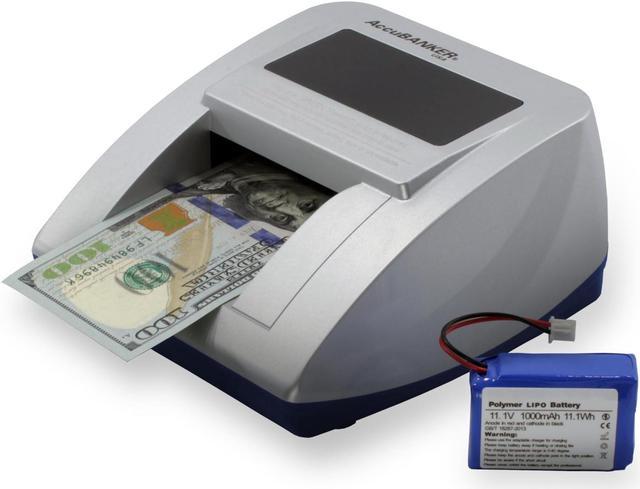Counterfeit Parts In Aerospace And Defense
The automotive, electrical, military and aerospace industries have faced a substantial boost in counterfeiting and have been waging a lengthy battle against counterfeited merchandise. In the electrical, military and aerospace industries the effect of counterfeiting goes far beyond intellectual house protection or trademark infringement.
The electrical, military and aerospace industries have been a comparatively simple target for counterfeit elements. Their inadvertent use can have catastrophic consequences when undetected. Uncertified parts are typically passed off as authentic and their use doesn’t become instantly evident.

Aerospace, space and defense items are desirable targets for counterfeiters as the systems applied are intended to last more than an extended period of time. They develop into vulnerable to obsolescence of parts, materials and technologies. Difficulties are encountered in securing the identical aspect from a manufacturer to replace original components. Due to components unavailability from the original manufacturer, industries are forced to turn to independent distributors to supply replacement components.
The influence of the use of counterfeit components or materials in the aerospace and defense business ranges from monetary losses in the form of project price overruns, liability, lack of availability of merchandise, loss of buyer trust, erosion of brand and image to potential and actual loss of life.
There is a long history of counterfeit airline parts which are unapproved and substandard being sold to unsuspecting airline businesses. The US have discovered a lot of fake products showing up in their navy and airforce aircraft. Going back to the 1970s the Federal Aviation Administration discovered counterfeit systems in Boeing 737 aircraft.
In 2008 airline components have been reportedly identified on sale at on line consumer auction web sites offering gears, flanges, gauges, radar parts and valves to buyers. Russian police have discovered criminal operations generating and promoting civil aircraft parts. Back in the 1980s United States investigators found bogus spare parts in many helicopters in service in with NATO forces.
Boeing recently reported that parts like rivets, nuts and fluid bolts are elements which are very easily replicated and sold. Other electronic components like semiconductors, resistors, capacitors, electronic assemblies, pumps, actuators, batteries, integrated circuits and components such as titanium and composite chemical substances are also normally counterfeited.
There are a wide range of sources of counterfeit parts and supplies ranging from original producers, through to authorised distributors, soon after-marketplace suppliers, test houses, and element source facilities. There are quite a few methods that counterfeit components can infiltrate the supply chain.
The military have been specifically vulnerable as they no longer use military-specific components, relying almost exclusively upon industrial manufacturers when sourcing parts for military applications.
It has been recognised that there is a pressing want for provide chain controls to be implemented so that the provenance of a portion is traceable by way of all the possible hyperlinks in the provide chain back to a credible and verifiable trusted source. A high-quality assurance approach is becoming created which is based on commonly agreed upon guidelines in the aerospace industry to attempt to stem the tide of counterfeit goods generating their way into the supply chain.
The semiconductor sector is also at war with counterfeiters producing harmful counterfeit parts and elements. Many semiconductor counterfeits emanate from China. The Semiconductor Business Association (SIA) and the National Electronic Distributors Association (NEDA) are both conscious of the require to avoid substandard and counterfeit components from infiltrating aerospace and military applications. An SIA Anti-Counterfeiting Job Force (ACTF) was set up in 2006 to establish a program to lower the incidence of semiconductor product counterfeiting.
To counterfeit bills is co-operating with a special STM International Tracability Committee in establishing a normal encouraging the use of authentication service providers. Makers would be expected to location an encrypted plate on labels affixed to every single box of chips so that potential purchasers can make inquiries making use of this identifier. Provided the technologies accessible today and the nature of the merchandise made use of in the sector it seems conceivable that RFID enabled solutions combined with cryptographic procedures may well be suitable for tracing products as aspect of the item authentication approach. Though more typically applied in logistics and asset and inventory management, it remains to be noticed what sort of scale of investment and suite of tools and protocols will be needed to meet these quite serious threats posed by counterfeited products.
